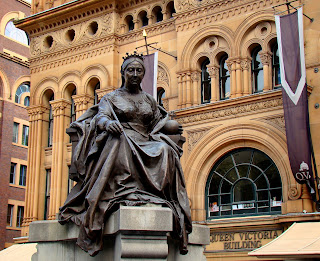Last month I attended the IIC Biannual Congress in Los
Angeles. Entitled 'Saving the Now; Crossing Boundaries to conserve
contemporary art' it proved to be one of the most exciting conferences I
have been at for years.
Carole Mancusi Ungaro, Head of Conservation at the Whitney Museum of American Art in New York, kicked off in fine style to get us all deeply into the philosophy and ethics of
contemporary art conservation with her paper ‘The falsification of time’. This
was a direct quote from an interview she undertook with Sol LeWitt in which
LeWitt proposed in reference to the cleaning of the Sistine Chapel that the artist
is not responsible for the falsification of time in how his artwork changes and
presents as it ages.
Carole used this to introduce the idea of preserving the
concept rather than the materiality of the artwork, which both releases
conservators from traditional restraints but also challenges them to approach
treatments in very different ways. Citing artists and artworks she has
worked with from Richard Serra to Cy Twombly, Carole explained the concept of
replication and co-creation that conservators now need to have in their
toolkit. If as she reminded us, the IIC Charter charges us to ‘take any action
necessary to halt the deterioration of artworks’, then we do need to become
co-producers in ensuring these contemporary artworks are preserved, either physically or conceptually.
That means conservators now need to understand the
materiality of the artwork, know the technical issues, and be able to think
through its conceptual context. This is ambitious, challenging, complex and
exhilarating all at the same time.
Check out this article in the New Yorker for more on this fascinating issue.
And to get a broader feeling for the conference check out
the IIC blog. Hours of fascinating reading there.

















